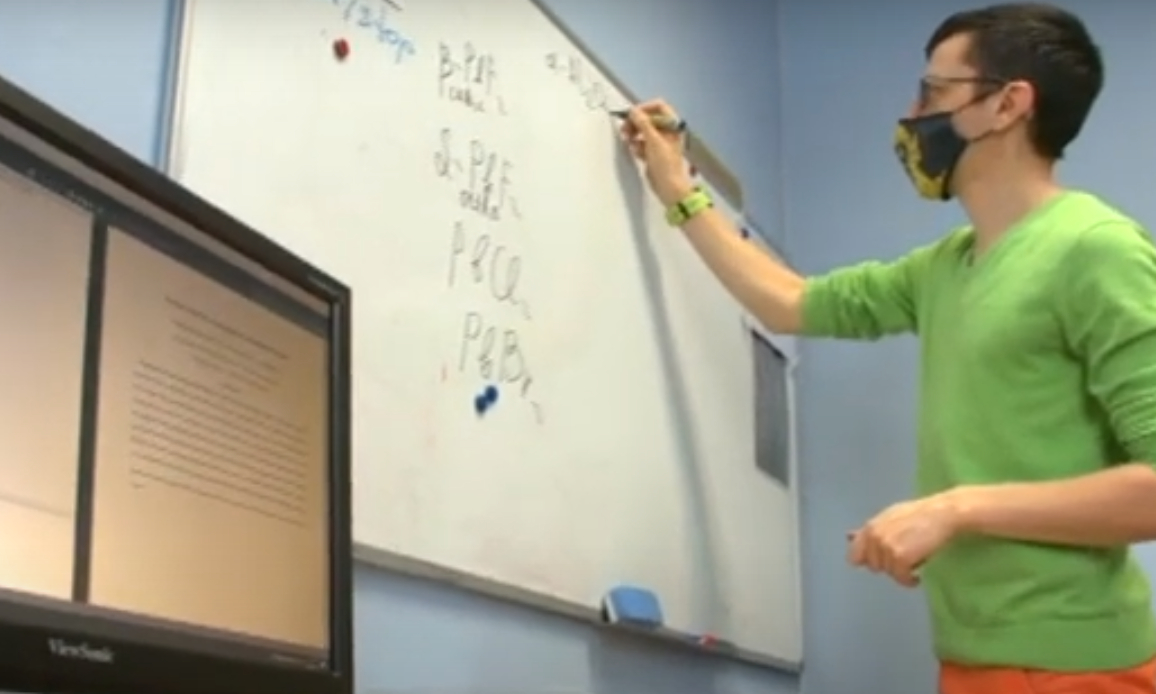An in-depth understanding and forecasting of the functional properties of modern materials in extreme radiation conditions. This is one of last year's most important achievements in science, according to the Latvian Academy of Sciences. The study involves a new type of fusion reactor that could provide the world with inexhaustible and almost free energy on earth in the future, creating an artificial “sun”.
Last year, France launched the world's first experimental nuclear fusion reactor. In order for such a reactor to operate in the future, scientists from around the world have joined together. Aleksandrs Platoņenko, a researcher of the Institute of Solid State Physics, University of Latvia, is also conducting a study with colleagues that will allow such a reactor to work better and longer in the future.
Researcher Platoņenko explained what a fusion reactor is: “It's like a little sunshine on earth. Very much energy. We hope it will be actually for free. It will cost nothing because it will be like the sun actually.”
In the future, such reactors could become a source of energy. This means that electricity, for example, will be available almost free of charge. Sounds like science fiction, but it's not quite so.
“The optimistic plan was 2050, when it could start working. I hope to see it still,” Platoņenko said.
Such a reactor will enable the world to avoid nuclear reactor tragedies such as Chernobyl or Fukushima.
The LU researcher noted: “The reactor consists of millions of parts. Scientists in all countries participate in this project and study each of their small particles. We took the optical components. There is a reaction and we look and measure what is going on there.”
Optical materials must be able to withstand all processes taking place in the reactor. Latvian scientists, together with their counterparts from Estonia, are investigating what happens when these materials are exposed to high temperatures. The resulting data helps to anticipate how the optical parts in the reactor will behave, help to maintain them in good condition and extend the lifespan of such materials.





























